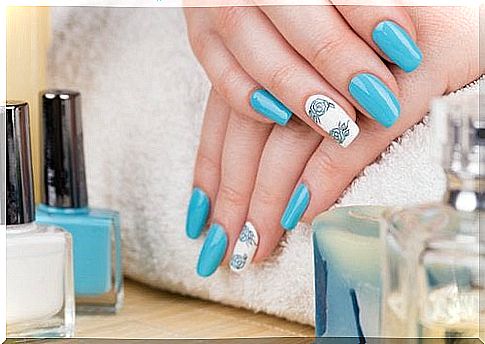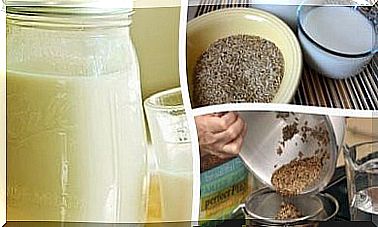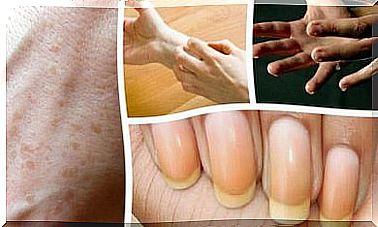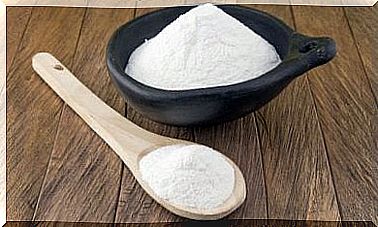What Are The Dangers Of Acrylic Nails?
Far from being a good solution, the use of acrylic nails involves a lot of risks and it is essential to be well informed before deciding to do anything.

It is true that acrylic nails are very pretty, perfect for a special occasion and beautify our hands …
However, they can also cause many problems or illnesses that are best avoided.
Acrylic nails that you may want to test can pose a risk to your health.
In this article, we will explain to you what are the possible dangers of sculpted or artificial nails.
Read it before making a decision.
Why are acrylic nails so popular?
It is more and more common to see women of all ages wearing artificial nails or with extensions.
Since they are made with plastic or similar material, they give a feeling of “perfection”. As seen in fashion magazines and famous personalities.
It’s easy to see the reasons why women prefer to use them over sporting their natural nails: they hide all imperfections and look perfect.
Some women also choose to use artificial nails to be able to varnish or decorate them because natural nails, too short or too badly formed, do not allow this.
If your nails tend to break, bite them, or use them a lot in your work, then you are probably thinking about using acrylic nails.
Watch out for artificial nails
You may think it is something harmless. However, their installation and their use can however cause various problems.
First, let’s start with what happens when we go to a beauty salon or beauty center to apply acrylic nails:
- The chemical components used (resins or formaldehydes, among others), can cause inflammation. But also cause separation of the nail from the skin, burns, pain and allergies.
There are even some women who have completely lost their natural nails whose stump is destroyed (if this happens, the nails do not grow back at all).
- If your fingernail area is not well ventilated, it is likely that you are inhaling toxic or irritating gases.
Likewise, some non-professional salons use a substance called methyl methacrylate to stick the nails together.
This compound causes serious damage to the lungs when inhaled and also to the fingers upon direct contact.
- A very common mistake that women make: to dry the nails faster, we use a hair dryer.
The problem is that during installation, the substances used can be flammable in contact with heat.
Dangers of artificial nails
- Often beauty centers do not sterilize and clean the instruments and tools used for placement.
That is, the previous client can transmit diseases (such as yeast infection) to the next client.
Use your own nail file, as this item cannot be sterilized.
- Also watch out for beauticians who do not use latex or plastic gloves. If you have a cut or wound on your hands, it is the door open to all types of contagious diseases.
You don’t have to cut or push your cuticles to cover them up. Remember, these are natural barriers that prevent infections and harmful microorganisms.
- Before starting the application, your fingers must be very clean and, above all, very dry. If there is no trace of moisture on your nails, this will prevent the proliferation of fungal infections during the application of acrylic nails.
Other acrylic nail problems
The potential dangers of applying artificial nails are not limited to the beauty salon (although the latter has a very good reputation and trained staff).
Some of the other most common negative effects include the following:
- As acrylic nails are completely rigid, one can suffer from a torn nail after any blow, no matter how light. This means that the plastic nail will peel off and tear off the real nail at the same time.
It is, as you probably know, very painful and the nail takes a long time to grow back.
- The risk of infection is much greater than when wearing only natural nails.
If there is some space left between natural nails and acrylics, bacteria and microorganisms can build up and cause disease.
- Allergic reactions are the order of the day when wearing acrylic nails. Particularly because of the plastics and toxic substances that go into their composition.
The consequences are red, swollen and a little itchy fingers. - If you damage your finger and the acrylic nail is damaged, it will be more prone to accumulate dirt, viruses or bacteria. When this happens, it is necessary to remove the product and replace it as soon as possible.
Conclusions
Wearing acrylic nails is not a decision that should be taken lightly.
If, despite everything that is stated in this article, you want to wear plastic nails, it should be done in a specialized center by qualified professionals and in a ventilated environment.
Bring your own file and analyze any changes, pain, or symptoms on your fingernails and fingers.
If necessary, remove the nail that is causing the problem until the pain subsides, and if possible, let your nails rest every now and then.









